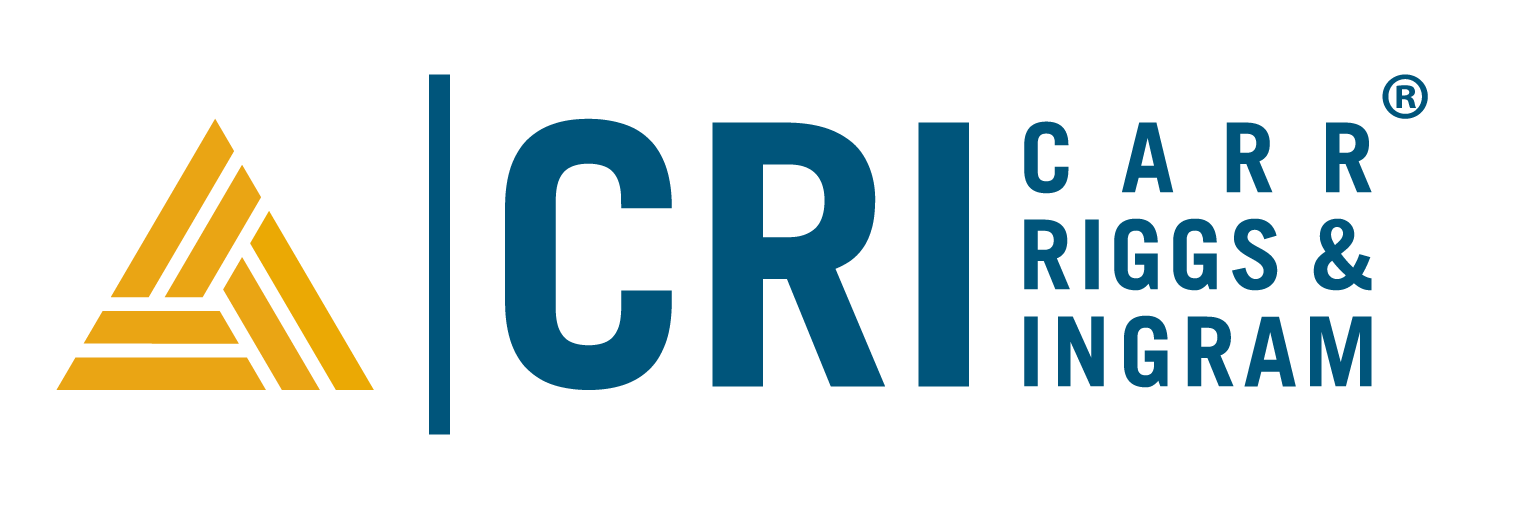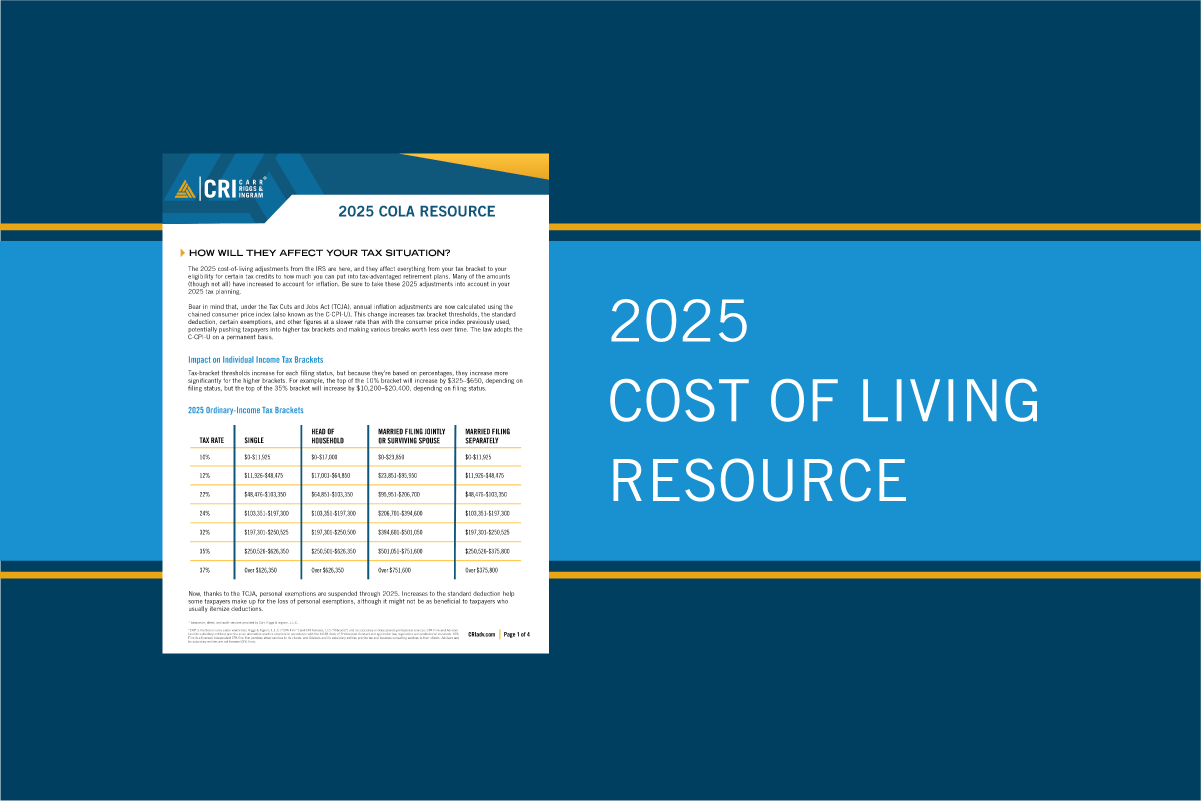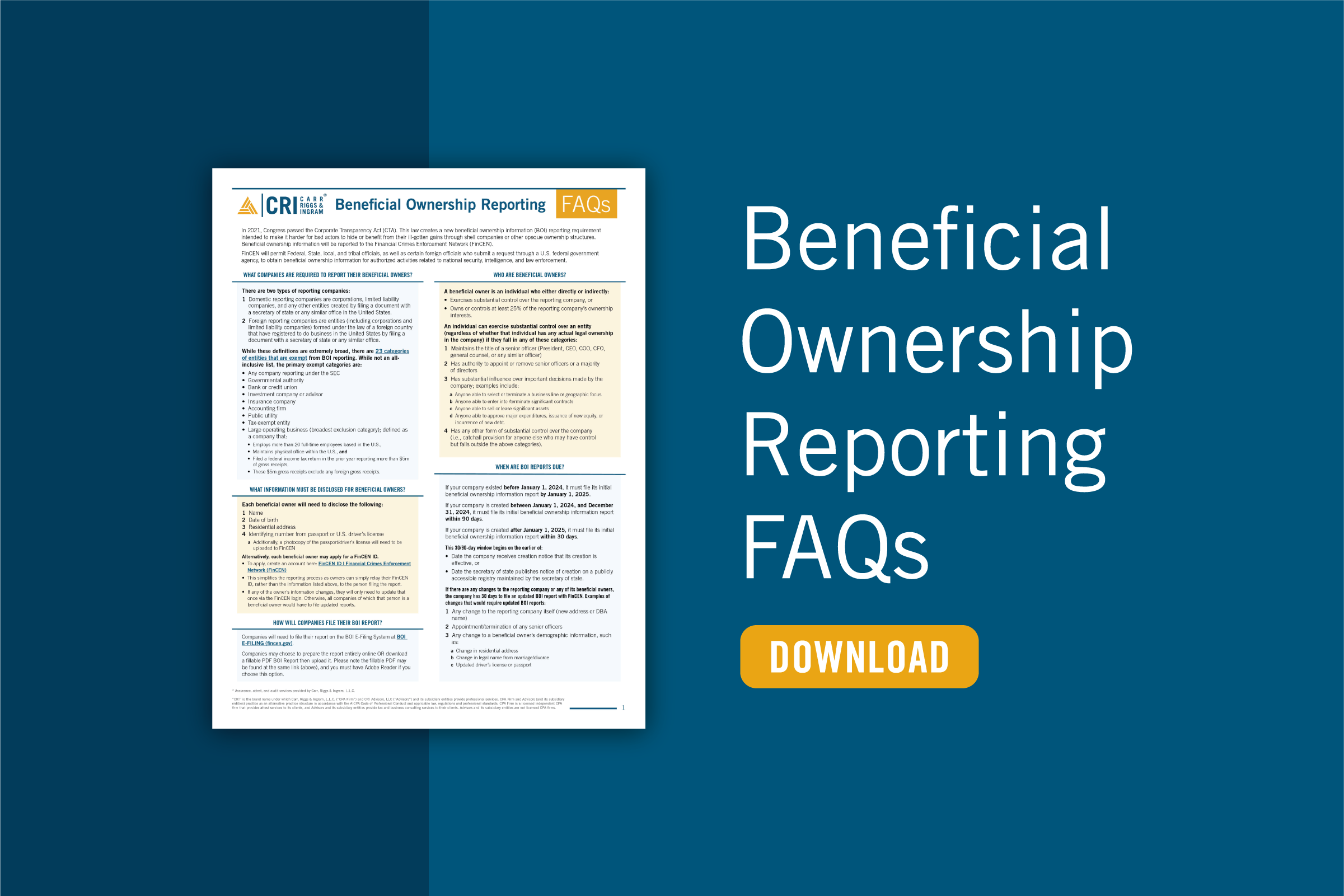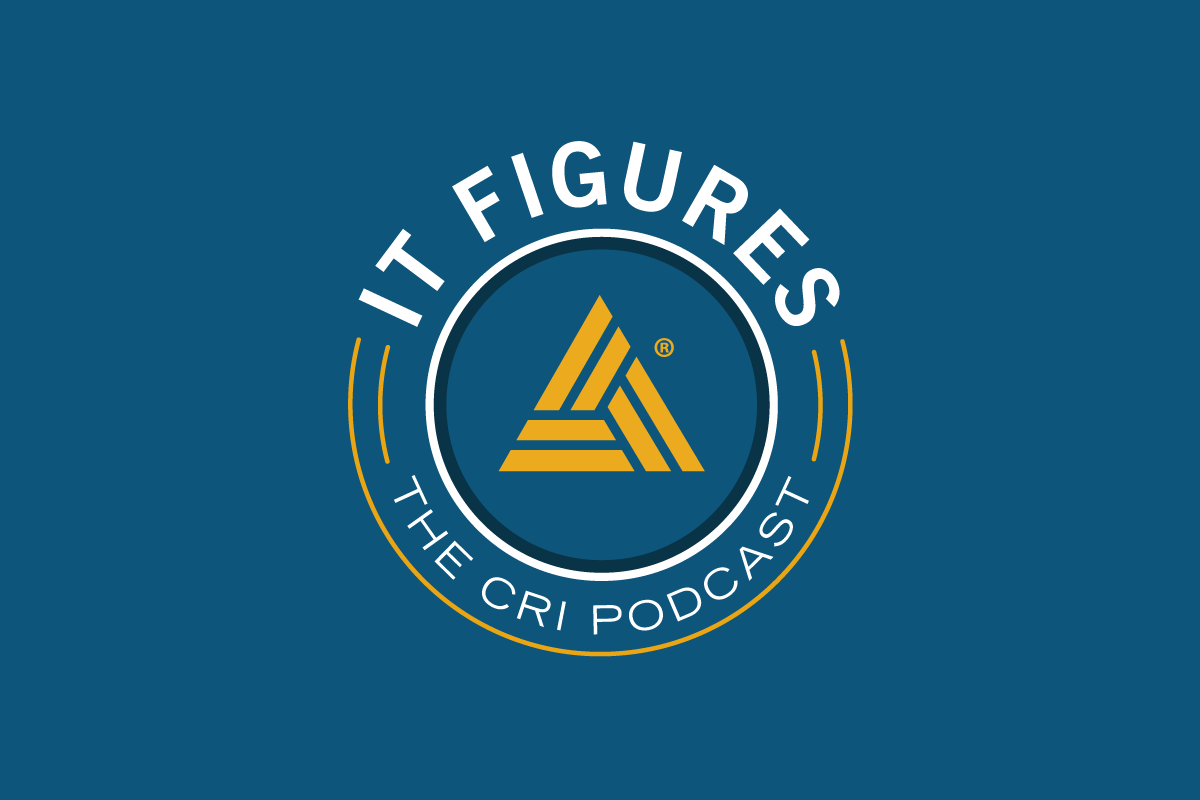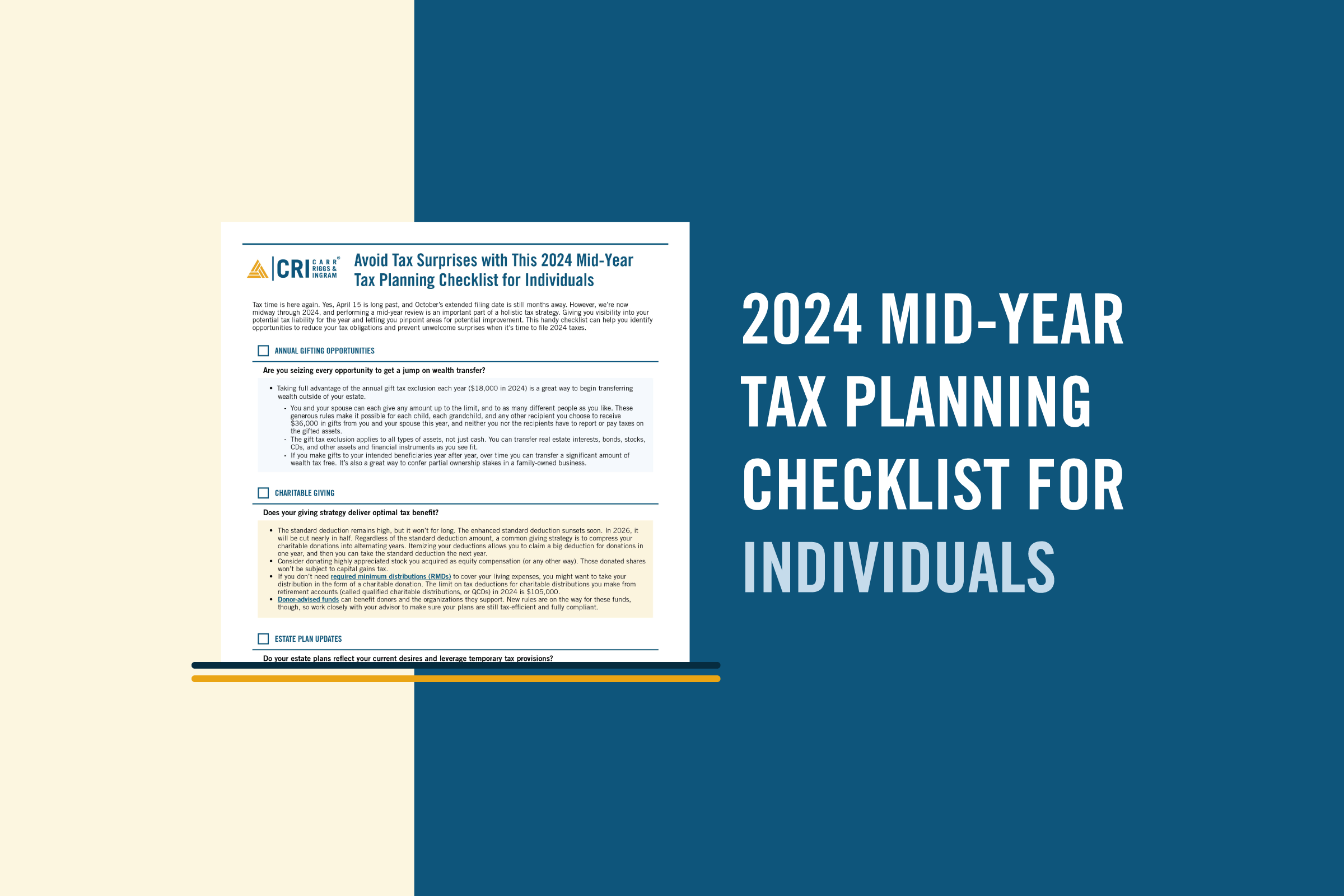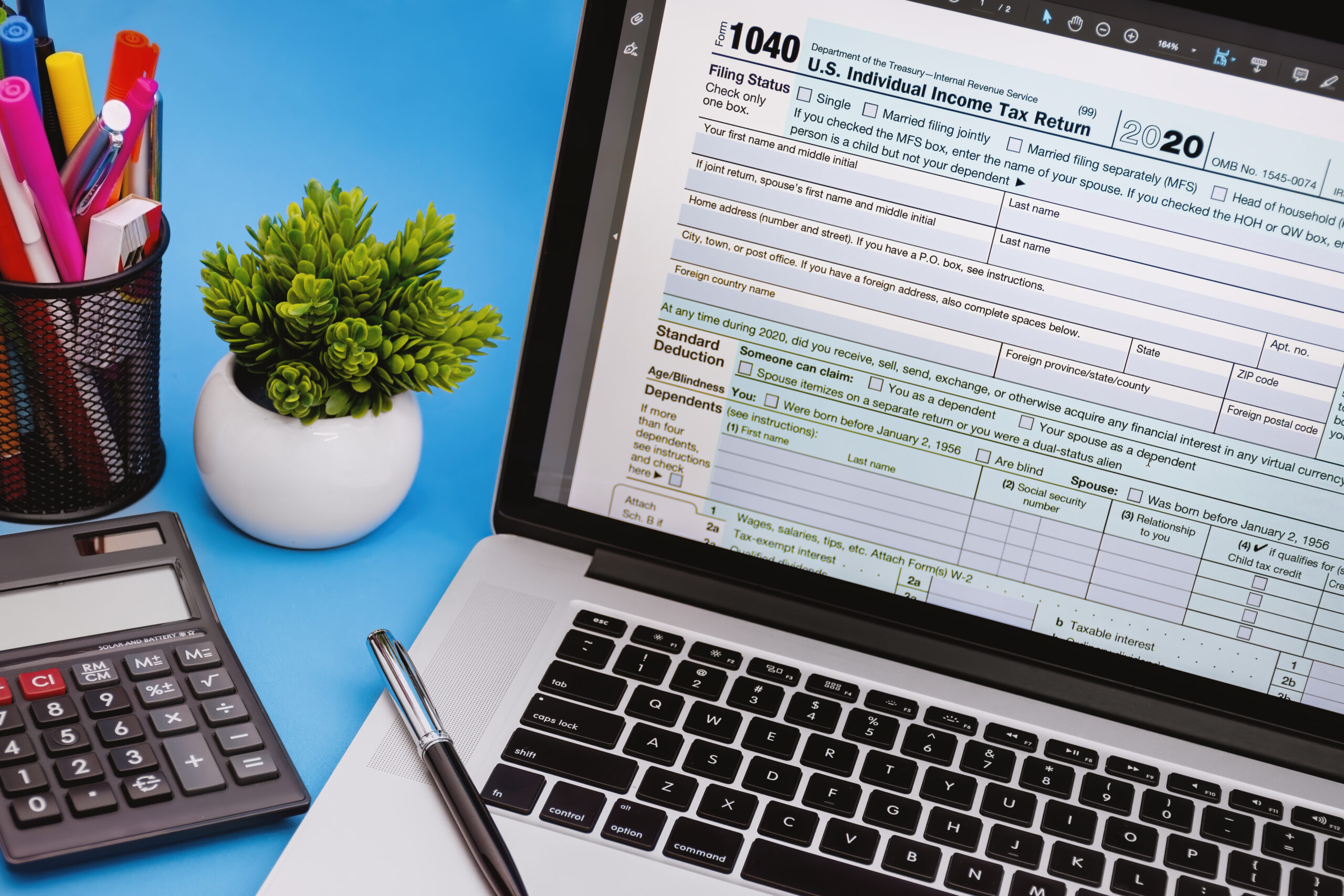Standing in the Way of Construction Fraud
- Contributor
- Larry May
May 3, 2023
Typically, when one thinks of fraud, they think of the accounting or banking industry. Many are surprised to realize how widespread fraud really is, affecting countless other industries and professions. That’s why it is no surprise that the construction industry is often faced with fraud.
Fraud can be defined in several ways, including as a deception deliberately practiced to secure unfair or unlawful gain, or an intentionalrepresentation an individual knows to be false or does not believe to be accurate, knowing that the representation could result in some unauthorized benefit to themselves or some other person.
Global fraud is widespread, with the average length of a fraud scheme going on for 16 months before it is ever discovered. The median annual loss for construction companies due to fraud is over a quarter million dollars.
Types of Fraud
Corruption is the most common scheme in almost every global region, with the conduct by those in power (typically involving bribery) at the top of the list. Types of corruption include conflicts of interest, illegal gratuities, economic extortion, bribery (including kickbacks and bid rigging), and illegally enrolled in programs.
Asset Misappropriation is an area of fraud that sees theft of cash on hand or cash receipts, known as skimming, fraudulent disbursements, which includes billing and payroll schemes, and the misuse of inventory and other assets.
Financial Statement Fraud is also prevalent in the industry, with fraudsters utilizing timing differences, fictitious revenues, concealed liabilities and expenses, and improper disclosures to facilitate their schemes
Fictitious Vendor is a common type of fraud where invoices are paid to a fictitious vendor. The embezzler establishes a fake vendor and enters it into the Company records as legitimate, produces invoices for the fake vendor, and submits them for payment. Frequently, the embezzler has the authority to approve the invoices for payment.
Ghost Employees are a type of fraud where the embezzler enters fictitious employees into the payroll system and receives the resulting payroll checks. A variation of this is keeping terminated employees on the payroll after they have left their jobs.
Company Check Fraud can involve check tampering schemes where the embezzler uses company checks to pay personal expenses, including similar personal bills, such as their phone, utility, or credit card bills, or outgoing checks are stolen.
Misuse of Company Equipment is a fraudulent scheme that involves using company equipment, labor, or materials to perform jobs on the side, with employees pocketing the money from the side jobs. Additionally, employees may use a company gas card to provide gas to other individuals and receive cash payments.
Payroll Schemes can occur when an employee has the right to change payroll records and create payroll checks. Sometimes the gross payroll is increased, and the tax deductions for federal and state withholding are inflated. However, the net paycheck still appears reasonable, resulting in the embezzler receiving larger than normal income tax refunds.
Small Businesses Are at Greater Risk
Small businesses are particularly vulnerable and at risk when it comes to fraud, as they typically have fewer resources than their larger counterparts. This lack of on-hand resources often translates to fewer and less-effective anti-fraud controls, resulting in their losses having a more significant impact than they would in larger organizations.
What Can You Do?
While not all fraud is easily detected, there are specific steps in place companies can take to try and limit their losses.
- Management should periodically examine the Company’s approved vendor list, looking for even a slight variation in company names. Additionally, invoices should be carefully examined. Fake invoices often have a PO Box address or have no phone number listed and will often have the same address or phone number as an employee.
- Perform a “surprise” analysis of payroll checks by someone independent of the field and payroll operations, verifying against employment records.
- Look for employees with the same address and direct deposit records for employees with the same bank account as a vendor.
- Require purchase orders to be matched with receiving reports and invoices can help reduce material fraud.
- Segregate the functions in the accounting department. Different individuals should be responsible for authorizing, processing, recording, and custody operations when possible.
- Require all receipts for credit card charges and reviewing them for frequency of the same type of charges can also help reduce this fraud.
- Establish a fraud hotline. Fraud losses were 50% smaller at organizations with fraud hotlines than those without. Organizations without hotlines tend to find fraud by accident or by external audit*.
How to Recognize a Fraudster
Remarkably, six behavioral red flags have consistently been the most common when recognizing the behaviors of a typical fraudster, including:
- Living beyond one’s means
- Financial difficulties
- Unusually close association with a vendor or customer
- Excessive control issues or unwillingness to share duties
- Recent divorce or family problems
- A general “wheeler-dealer” attitude involving shrewd or unscrupulous behavior
Becoming familiar with these red flags could help prevent you or your organization from becoming a target.
Detecting fraud requires not only good intuition but having someone in your corner you can trust. Contact your CRI advisor, who can provide the external eyes your organization needs to catch and prevent fraud before it becomes a problem and costs you hard-earned income.
